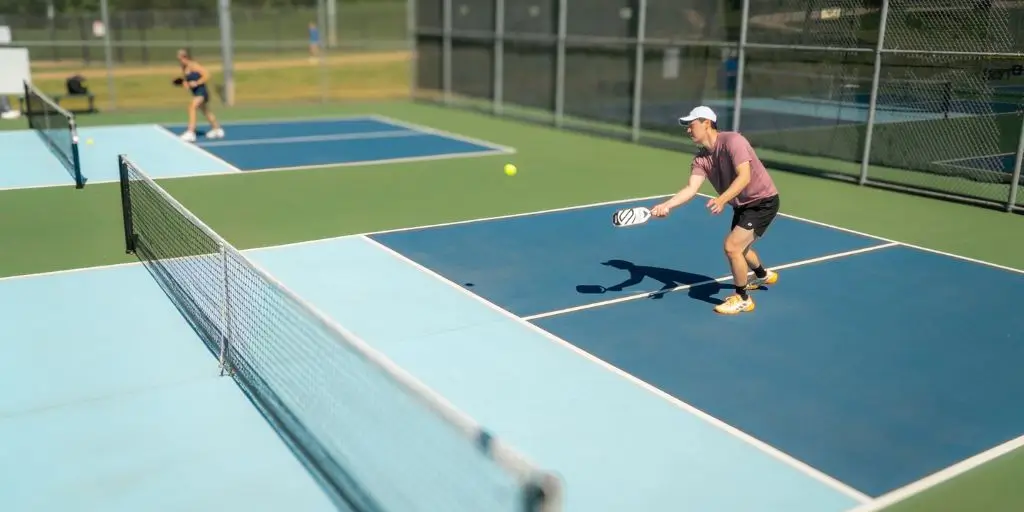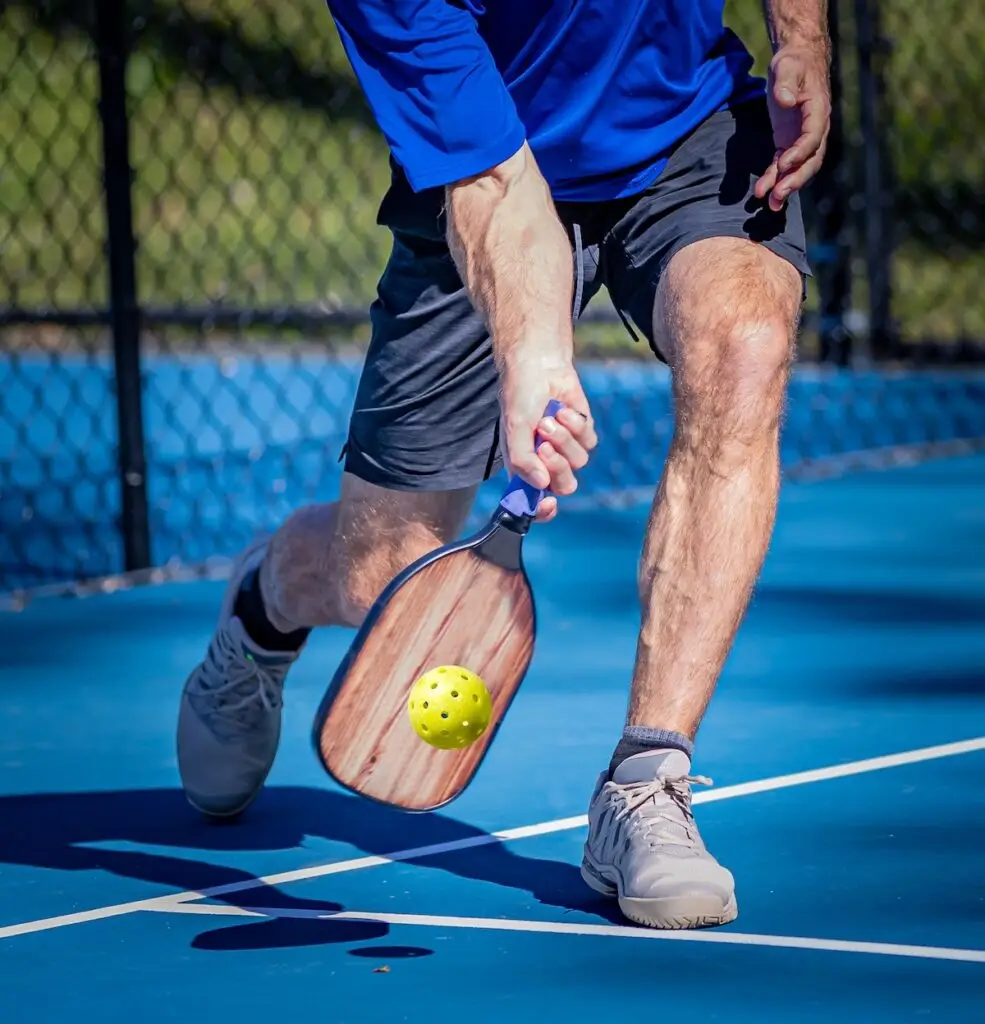Dr. Jon Ahn, on the court. Completely. Locked. In! Ready to Bagel, Dink and Ace!
For sports fans who spend hours and hours watching college and professional sports, it might be surprising to learn that there is one sport (with a silly name) that has become the fastest-growing sport in the world. It’s pickleball, and its popularity is primarily due to one factor. Fans may be passively watching amateur and professional sports, but current statistics strongly suggest they are actively playing pickleball.
These numbers from a pickleball industry source tell the remarkable story of growth for this sport:
- The 2023 Sports & Fitness Industry Association’s (SFIA) Topline Participation Report announced that pickleball continued to be America’s fastest-growing sport for the third year in a row (out of 124 tracked).
- 36.5 million people have played pickleball at least once in the last year. That’s 14% of the adult population!
- 6 out of every 10 pickleball players are male.
- There are 10,724 locations to play pickleball. That’s 130 new pickleball locations per month.
- Ages 18-34 represent the largest age bracket of pickleball players, totaling 28.8% of all players, and pickleball is getting younger every year.
Like golf or sports like softball and tennis, pickleball can be played by any age group and by both genders. With the many players and the wide range of ages and skill sets participating in this sport, it is not surprising that injuries associated with the sport are rising.
How to Play
Before getting tips on avoiding injuries, it’s a good idea to get a snapshot of the game. Part of the reason for this sport’s popularity is its simplicity. The playing court is smaller than a tennis court (making for less ground for players to cover), and the equipment is minimal. All that is needed is a quality beginner pickleball paddle, pickleball balls, and a court. That’s it.
Plus, the rules are also simple. Just click here for a quick pickleball primer.
Staying Out of a Pickle: How to Avoid Injuries
Dr. Jon Ahn is a spine surgeon at Texas Back Institute and a self-described pickleball fanatic! He recently put down his paddle and picked up his stethoscope to share some tips on how pickleball players of all ages and abilities can avoid painful injuries while playing the sport.

“I have been seeing a variety of injuries related to pickleball in the context of the spine,” Dr. Ahn said. “Although the more common injuries may involve shoulder, elbow, and lower extremity injuries, I have been treating patients with neck pain and back pain as well as radiating pain, numbness, or tingling down the arms or legs related to pickleball play.
“It appears that the primary cause of injuries is related to a sudden increase in athletic activity. The game requires players to react to opponent shots quickly, which means players must sometimes use bursts of speed. This challenge is exacerbated by the unfamiliarity of some players with the type of footwork that is required to play pickleball.
“Because the size of the court is smaller than that of a tennis court, there is the added importance of maintaining a player’s footwork and balance while moving toward or away from the net, or side-to-side on the court. Those who are accustomed to playing tennis should practice on the pickleball court before playing matches.
“Injuries associated with tennis are likely more common in the context of the amount of court coverage as well as the power associated with keeping the ball in play. However, pickleball injuries may be unique in that they require quicker reflexes and more sudden movement, requiring more sophisticated footwork, similar to what is required for successful volleys at the net during tennis.”
Before Taking the Court – Pregame Preparation
As with any sport, the most important activity is the warm-up. Dr. Ahn explains.
“Avoiding back injuries while playing pickleball occurs before the game begins,” he said. “Core strengthening exercises in an isometric manner, including bridges, planks, and stretching, are very important.
“To reiterate a point made earlier, it is critical that pickleball players work on improving their footwork needed to shift around the court quickly with small movements. This is a key element in staying safe.
“In addition, players should make sure they have the appropriate court shoes to allow for a lower center of gravity for those sudden and small movements during play.”
What Happens If Injuries Occur?
Just ask any “weekend warrior,” whether they are golfers, runners, softball players, or any other participant in amateur sports—sometimes accidents happen. With pickleball injuries, Dr. Ahn offers some general guidance for treating them.
“Most injuries to the back of the neck caused by pickleball play can be treated non-surgically with physical therapy, medications, and activity modification,” he said. “The treatments are modified specifically for the player’s needs. The back specialists at Texas Back Institute only recommend surgery as the final option.
Dr. Ahn concludes with this pickleball postscript.
“The major reason for pickleball popularity is that it’s easier for anyone to pick up a paddle and begin playing, especially when compared to tennis, which has a higher learning curve. However, pickleball requires a baseline level of balance and strength in order to stay safe, and having the right kind of shoes cannot be overemphasized. Normal running shoes may increase the risk of rolled ankles and falls, which may contribute to neck or back pain.”
Stay safe out there, picklers, and have fun. This sport is the real dill.



